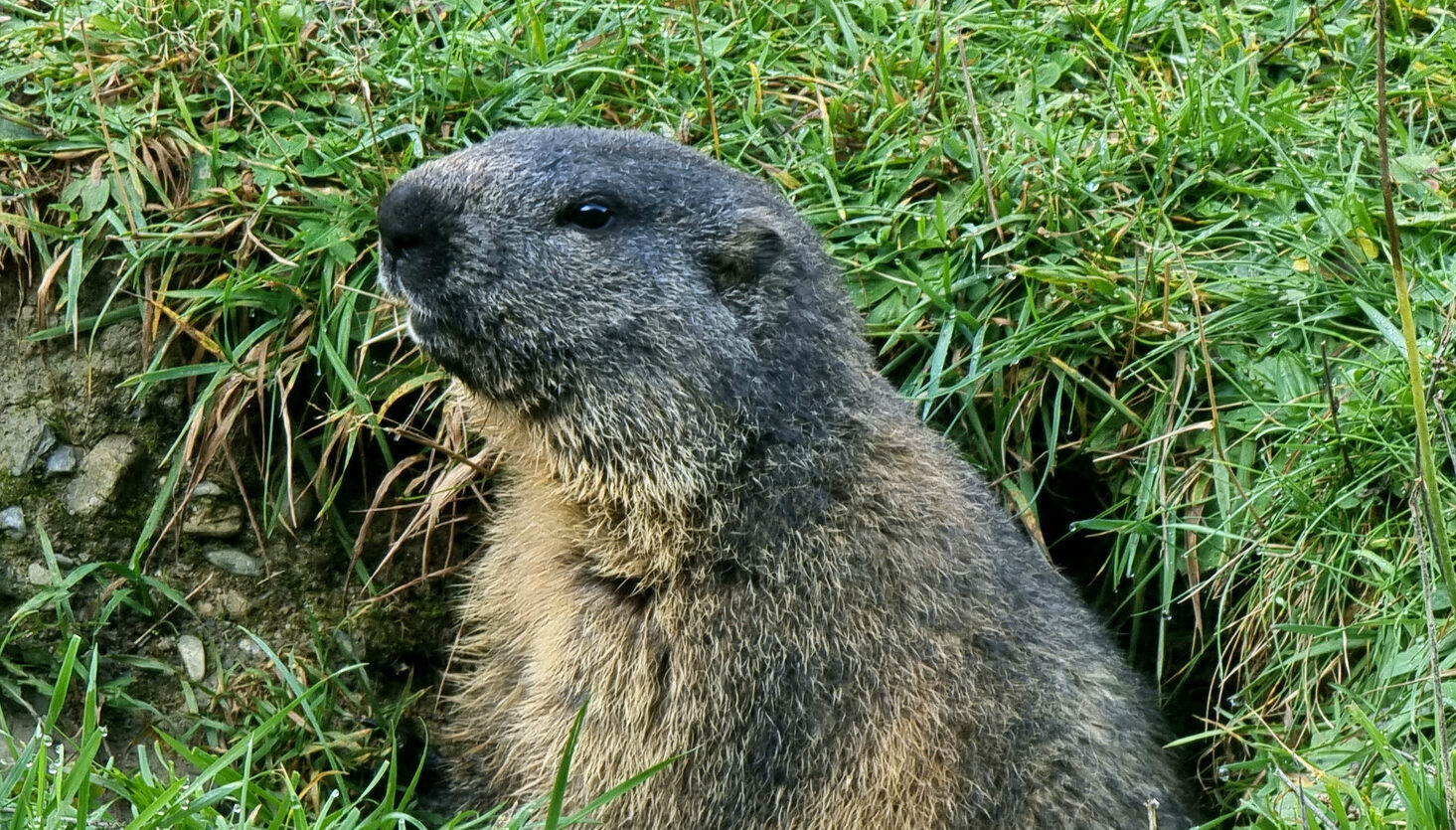
Marmot Appearance
There are several types of marmots that may dig in yards. While they cause similar damage, knowing some tips about marmot identification can help homeowners determine the source of the problem and the best solution. Woodchucks, also called groundhogs, are the most common marmot species in eastern and centrally located states. This pest looks a little like an overgrown squirrel, with a compact body and grizzled, brownish-gray fur. They have long claws for digging and short, furry tails.
Yellow-Bellied and Hoary Marmot Identification
A more common problem in western states, the yellow-bellied marmot’s appearance is quite different from the woodchuck’s. Their fur may be blonde, reddish, and dark gray, and they have plump, sturdy bodies with blunt muzzles and prominent teeth. The hoary marmot, on the other hand, has reddish-brown fur all over its body, a white patch on its muzzle, and black and gray fur on its head and feet.
Other Burrowing Pests vs. Marmots
In general, marmots average about 15 to 20 inches in body length and weigh 10 to 20 pounds. This means size many not identify species, but it can help distinguish marmots from smaller burrowing pests such as chipmunks, moles, and rats. Another way to determine which digging animal is causing the issue is by checking the holes it leaves behind. About 10 to 12 inches in diameter, the entrances to marmot burrows can be identified by the large mounds of dirt the pests excavate as they dig. These mounds are also common places to spot marmots sitting when aboveground. For help with marmot identification or removal, turn to the experts at Critter Control.